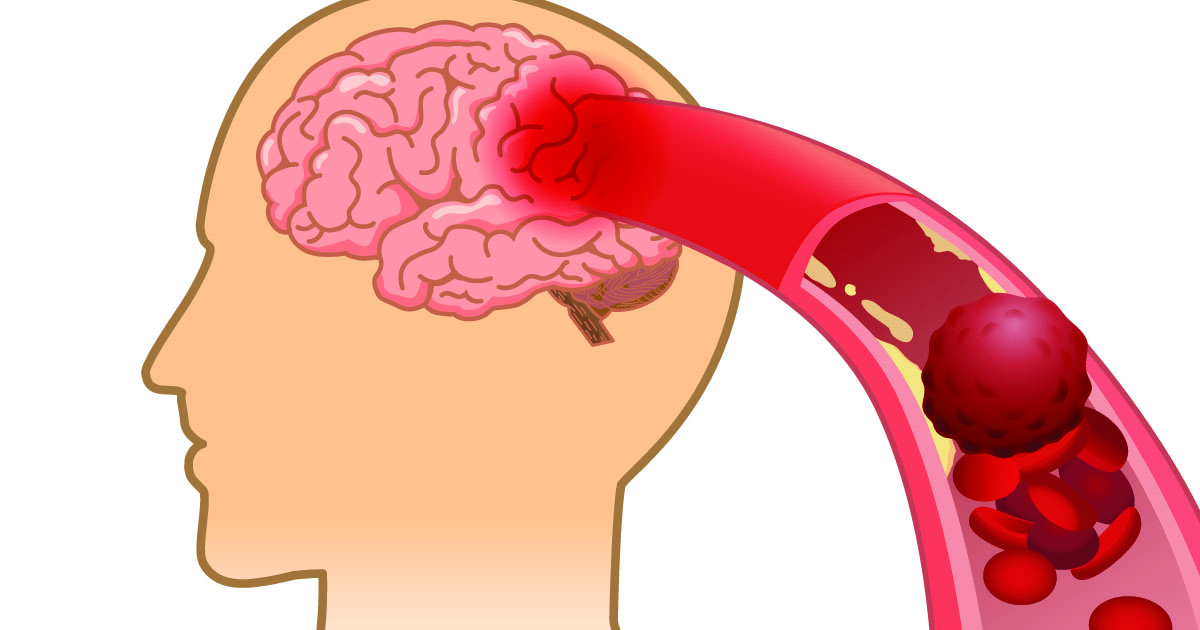Often it is difficult to know exactly which nutrients your body is lacking to maintain your health. But one thing most of us suffer from during the winter months is a lack of Vitamin D.
What does a lack of vitamin D mean?
Vitamin D has many benefits for our body. It helps keep our immune system strong and our bones healthy. But we cannot produce vitamin D ourselves, because we need the sun for that.
During the winter, however, when the sun rarely shows itself, we need to obtain vitamin D in other ways. If you do not absorb enough vitamin D, it can lead to a range of health conditions.

 Pixabay
PixabayVitamin D deficiency: at-risk groups
According to the national food agency, there are certain groups at a higher risk of vitamin D deficiency. These include:
- children under 2 years old
- children and adults who do not eat fish or foods rich in vitamin D
- children and adults who wear clothing that is mostly covered, or who do not see sunlight
- people over 75 years old

 Pixabay
PixabayFoods rich in vitamin D
During the winter months, it is especially important to eat foods rich in vitamin D.
It is recommended to consume 10 to 20 micrograms of vitamin D per day, but this depends on our age and our sun exposure.
Foods containing vitamin D:
- fatty fish such as salmon, herring, mackerel, and sardines
- foods rich in vitamin D, such as dairy products, orange juice, soy milk, and cereals
- beef liver
- cheese
- egg yolk

 Shutterstock
ShutterstockSymptoms of vitamin D deficiency
Your body reacts with symptoms when you absorb too little vitamin D. These are some of the warning signs that indicate a lack of vitamin D.
- muscle pain
- leg and back pain
- breathing problems
- fatigue
- hair loss
- weak muscles
- weight gain
- bad mood
- anxiety
- irritability
- severe headaches
- getting sick more often
- dizziness


Please share these important warning signs with all your friends on Facebook so they know what to watch out for.




